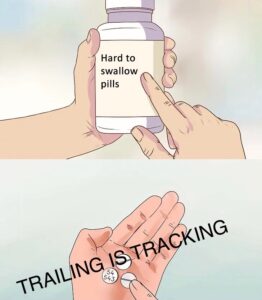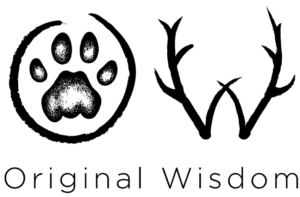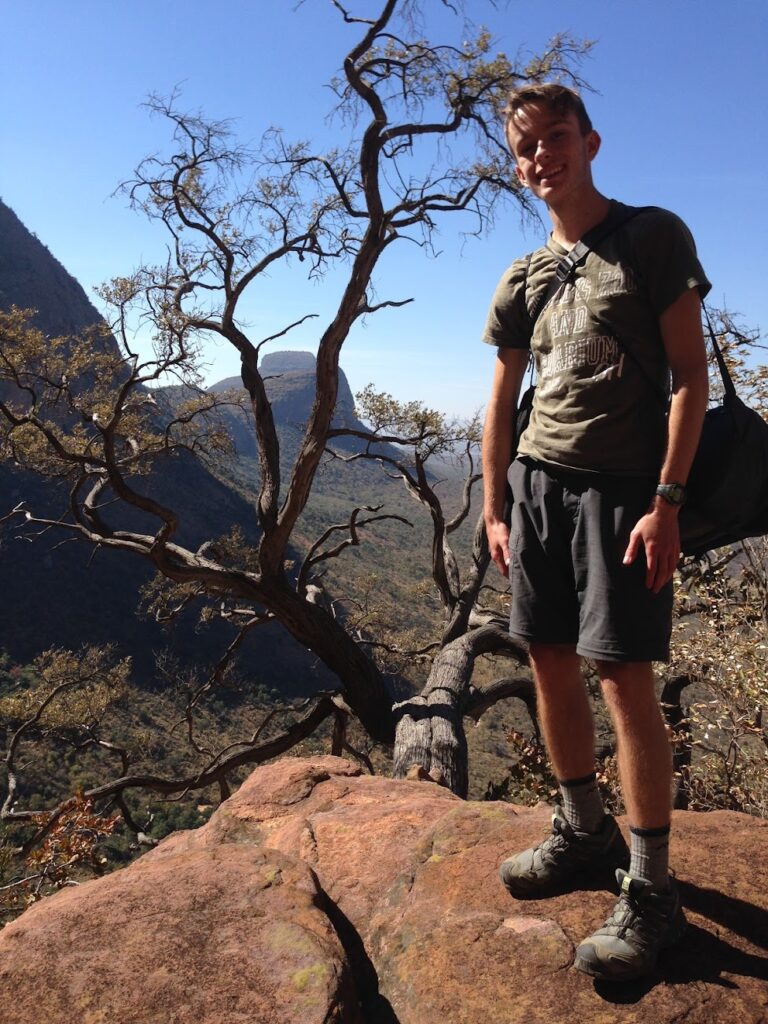I often see folks post on social media about being outside “tracking” or “tracking and trailing,” as if tracking is identifying tracks and signs and then there is this other thing called trailing – it drives me nuts. I mean, I’m happy that they are out there spending time in nature, but maybe it’s the scientist in me that fundamentally believes that words matter – they have meaning. I’ll be the first to admit that I don’t always get things right, and tracking really shouldn’t be about vocabulary (but every field has its jargon) considering how many continents, countries, and cultures practice it. Perhaps because it’s a chapter of my doctoral dissertation, I had to think deeply about what tracking is to different people, and what makes it different from any other naturalist knowledge or field skill.
Think about it for a minute. What is it that makes the activity of tracking different from being a naturalist? Both types of people spend lots of time, in-the-field and in indoor study, of all of the pieces that make up the ecology of a place. A naturalist might go a bit broader into the botany or the geology of that place, but not necessarily. A naturalist might not know how to identify all the tracks and signs of the beings in that ecosystem like a tracker strives to, but they probably know a lot of them. So, what does a tracker do that a naturalist does not? They follow animal trails. They find animals. That’s where the skills of being a naturalist and a tracker deviate from each other, for me, and for the trackers that I interviewed across the world for my Ph.D.
Our motto at our online company, Tracker Mentoring (TrackerMentoring.com), is “Trackers identify, interpret, and follow tracks and signs in-order-to find animals (or humans).” Note that there are four aspects of knowledge and skill to tracking, to being a tracker: 1) identify, 2) interpret, 3) follow, 4) find. Trackers do all four.
Going out and identifying animal tracks and signs is only one part of it. It’s a big part, a fundamental part of it, but it’s nowhere near the description of what trackers do or what tracking is. I kind-of harp on this point when I’m teaching and evaluating tracking, and its more apparent in North America and Europe where there isn’t an industry built around employing trackers to find big animals for ecotourism like there is in Africa.
Louis Liebenberg, the developer of the international CyberTracker system for assessing trackers (and the system that Senior Tracker Lee Gutteridge, natureguidetraining, and I teach with and evaluate on) has described identifying tracks and signs as knowing how to identify the A, B, Cs of the English language. Of course, a tracker needs to identify what kind of being made a track or a sign before s/he can put those letters into words and sentences – the interpretations of behaviours, and then into the paragraphs that tell a story – the ability to follow and find.
Track and sign identification is just that, identification, a high-level naturalist skill. By itself, it isn’t tracking. Trailing, on-the-other-hand, can’t really be done well without some level of proficiency in all four aspects, each one building on the other and often flowing back and forth. Therefore, trailing is tracking, and when folks say they are out doing tracking and trailing, it’s redundant and inaccurate. It probably doesn’t matter to anyone but me, as is evidenced by the fact that I’m the only person in the world stubborn enough to spend a decade of my life obtaining Senior Tracker certification while formalizing a degree studying the intricacies of the CyberTracker system, trackers, tracking, and how tracking is used in science. (My dissertation is available for free to download on the Tracker Mentoring website under my bio on the “About –> Tracker Mentoring” page, if you care to dive deeply.)
I met a young man recently in a workshop and evaluation I led in Ohio. He’s part of the really great work that folks in the Minnesota Tracking Project, #minnesotatrackingclub, are doing in the Twin Cities area of the USA. He gets it. He made me this meme, which makes me giggle at myself.

Meme created by Eric Vehe, @mnnaturalist, (Track & Sign Level 3 and Trailing 1 = TRACKER 1).
If you like this, please share it, and tag us at #trackingisoriginalwisdom, #trackermentoring, #natureguidetraining, and #cybertracker
<strong>Download Original Wisdom’s recommended reading list for trackers by signing up for our newsletter!</strong>
<strong>Once the sign-up form has been submitted, you will be re-directed to the download page.</strong>
Our recommended reading list is specific to Southern Africa and North America, but, a good tracking book is helpful in any region as a starting point to learn how to look at track morphology and animal behavior.
[contact-form-7 id=”2892″ title=”Subscribe to the newsletter”]
<h1><strong>Interested in online and correspondence tracking courses? Visit us at </strong><a href=”https://trackermentoring.com/”><strong>TrackerMentoring.com</strong></a><strong>!</strong></h1>

